People don’t go to the north of Portugal for a beach holiday, but for the experience: to cruise the curves of the Douro between wineries, to taste the port that has been made here for centuries, and to stroll the terraced vineyards where every slope seems to be hand-painted.
» READ MORE – Obidos is a city where it’s easy to get lost and not regret it
How to get there from Porto?
The journey to the Douro Valley begins by road. You can go there by train or by car – both routes are good in their own way. One of the most scenic railways in Europe, the Linha do Douro or «Douro Way», was built in the late 19th century.
Douro Valley tour from Porto with wine tasting, cruise and lunchThe train gives you the chance to relax and look at the scenery.
- Direct trains from Porto leave from São Bento and Campania stations 6-9 times a day. The journey to Pinhão takes about two hours
- In some places, the rails are laid very close to the river, with old vineyards visible
The car is self-driving – choose your own pace and stop wherever you want.
- Good quality roads stretch along the river and climb up the hills – at every turn, new scenery opens up
- It’s easy to stop at viewpoints, small villages, and wineries along the way
From June to October, you can travel from the town of Pezú da Regua through the wine regions on a retro train made up of a steam locomotive and five vintage carriages. Sit on the right-hand side, that’s where the best views of the vineyards are.
A 2,000-year history of winemaking in Pezú da Regua
The first vineyards in the Alto Douro – the «upper Douro» – date back to ancient times. Since the 17th century, port wine was made from local raw materials. The Portuguese dubbed it «the nectar of the gods,» and the British poet Samuel Johnson called it «the drink of gentlemen.»
Until the beginning of the last century, kegs of wine were transported on manoeuvrable light boats called «rabelo» along the river to Porto, and from there all over Europe.
Today, several dozen grape varieties are still grown on an area of 40 thousand hectares. Harvesting is still done manually, as before, but the logistics have changed. High-quality dry and fortified wines are no longer transported by river, but by car.
The restored 18th-century mansion in the town of Pezú da Regua houses the Douro Museum, which contains rare archive photos and documents. Multimedia displays tell the story of port wine-making traditions. The terrace bar offers guests the chance to taste the best wines and admire the green landscapes.
Wineries around Pinhão
Travellers arrive at the Pinhão train station, decorated with large azulejo tiles. Don’t be in a hurry to leave – the decorative panels depict scenes of work in the vineyards at different times of the year.
Rabelo boat tour of the Douro Valley with port wineMany tourists come here to appreciate the varieties of port and vintage drinks. It is a good idea to buy quality wine directly from the wineries, which are called ‘cinta’ here.
In September, you are invited to take part in the grape harvest, and from December to February, you can help pick olives.
Casal de Loivos
Not far from Pinhão rises the hill of Casal de Loivos. The scenic road to the viewpoint is reminiscent of shots from an old film.
- Around every corner, more and more vineyards open up. Tiered terraces descend down the slopes like the steps of a giant staircase
And at the top, a moment of delight: the wide bend of the Douro River and Portugal in the palm of your hand.
- The descent to Pinhão is a special treat. Three kilometres past small rural houses, vines, almonds, and large fig trees
Portuguese architectural monuments in Vila Real
Old Vila Real has wrought-iron balconies, narrow streets, and a promenade over a deep gully where the Corgo River flows. The centre is a pleasure to walk around – the Portuguese cobblestone Carvalho Araújo Avenue, the Town Hall, the Gothic cathedral, the clerics’ church, and a house with Manuelino windows, where Moorish motifs intertwine with Gothic and Renaissance.
Just five kilometres away is the famous Mateusz Palace, designed by architect Nicolau Nasoni. The symmetry of the facades, the mouldings, and the park with marble statues are impressive.
Traditionally, on 28 and 29 June, the Feira dos Pucarinhos (Pot Fair) takes place in Vila Real to celebrate the Feast of St Peter. This popular annual celebration brings together tourists and locals for fun, street performances, and lively trade. Small stalls sell beautiful linen items and black clay crockery, which has been made by local potters for centuries.
Medieval Cathedral in Ucaña
Visit the settlement that is home to one of Portugal’s first Catholic churches – here, a stone bridge over the Varosa River and a rectangular tower on the right bank have adorned the Douro Valley for centuries.
In the Middle Ages, the monks used to charge a toll to anyone who wanted to cross to the opposite bank. Curiously, the name of the village of Ucaña, now home to only 400 people, translates from Old Portuguese as «small stone house.»
Rococo Church in Lamego
At first glance, Lamego is a quiet little town in the north of Portugal. But climb a little higher and you’ll find one of the region’s most impressive shrines.
Landmarks and tasting of local productsThe people of Lamego consider the Virgin Mary to be their patron saint, so they built a Catholic cathedral in her honour.
The Church of Our Lady of Healing stands at the top of a hill with a baroque staircase of 686 steps. The climb is not easy, but along the way, it is pleasant to pause to look at the large tiled panels on the terraces. On one of the platforms, there is a tall obelisk bowl with figures of Atlanteans, and around it, there are statues of Jewish kings and patriarchs.
Large-scale celebrations with fairs take place in Lamego on 8 September, the Nativity of the Virgin. Some pilgrims even walk up to the temple on their knees.
Koa rock paintings
The eastern part of the valley, the Superior Douro, is hot and arid. It is difficult to grow grapes here, but there is plenty to see. Near the town of Vila Nova di Foz Coa, about 1200 rock art sites have been discovered on the slate cliffs of the left tributary of the Douro, the Coa River. The earliest of them were made more than 25,000 years ago.
The petroglyphs carved on the rocks depict horses, bulls, goats, and extinct aurochs with amazing accuracy. The archaeological park offers tours on foot, by kayak, and boat all year round.
Douro International Nature Park
Close to the Spanish border, this natural reserve covers 122 kilometres along the river. Vultures, peregrine falcons, and eagles nest in the rocky gorges. You look up and often see birds of prey soaring through the sky like guardians of this wild land.
There are trekking routes through the park, from short walks to day hikes. Each of them leads to panoramic platforms from where you can see the full power of the river and the terraces growing in its valley.
In early spring, the slopes are coloured pinkish as the almonds blossom. On clear days, it seems as if the mountains are wrapped in a light haze, and the air smells of freshness and flowers.
After Douro, you can stop in Coimbra, visit Obidos, or head south to the Benagil Cave – Portugal is surprisingly diverse, and you will soon feel it.
We wish you a pleasant journey in the homeland of the famous port wine!



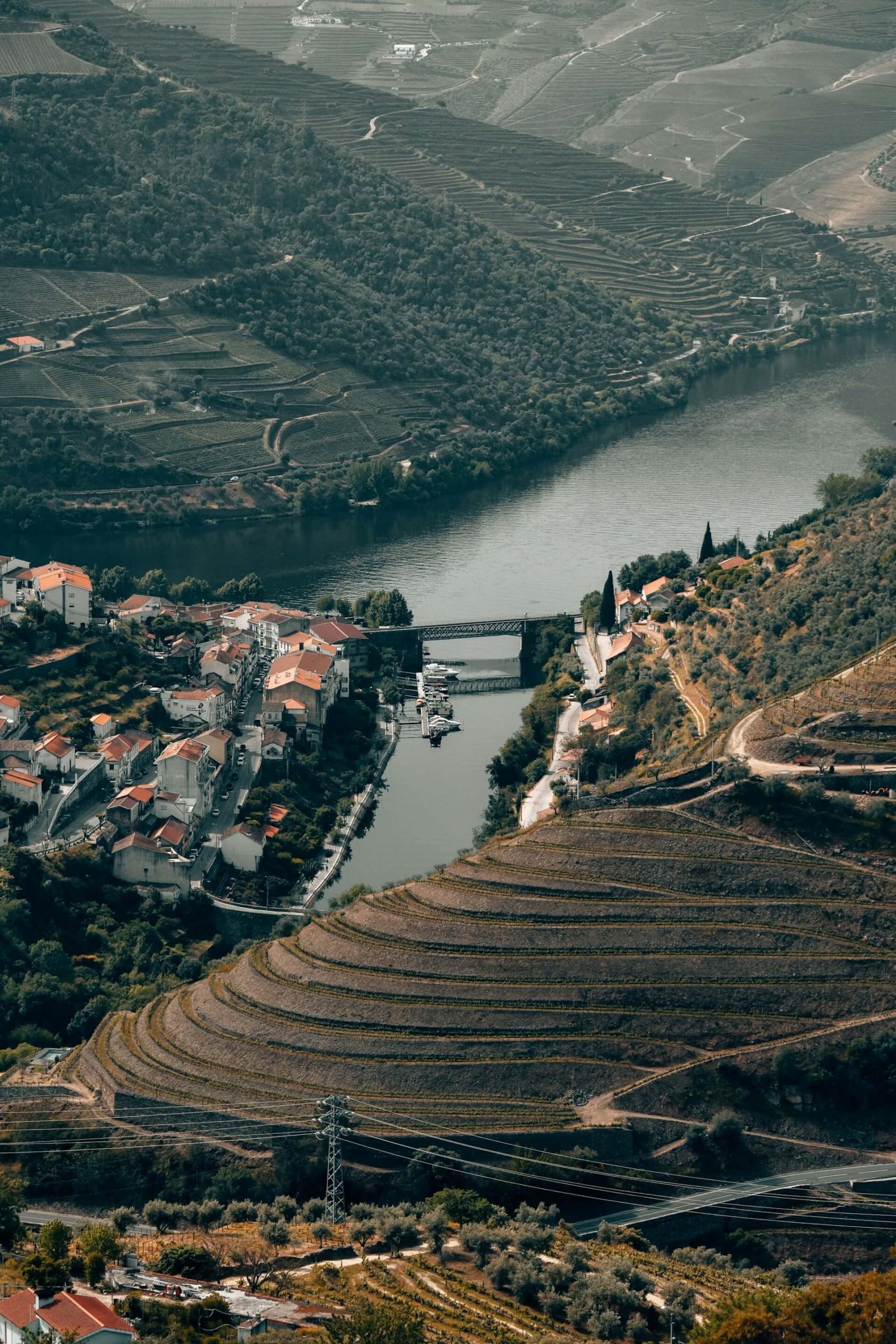

 Willian Justen de Vasconcellos / Unsplash
Willian Justen de Vasconcellos / Unsplash 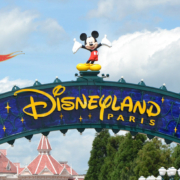 Public domain
Public domain 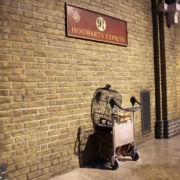
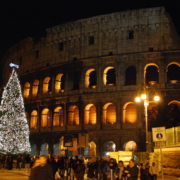
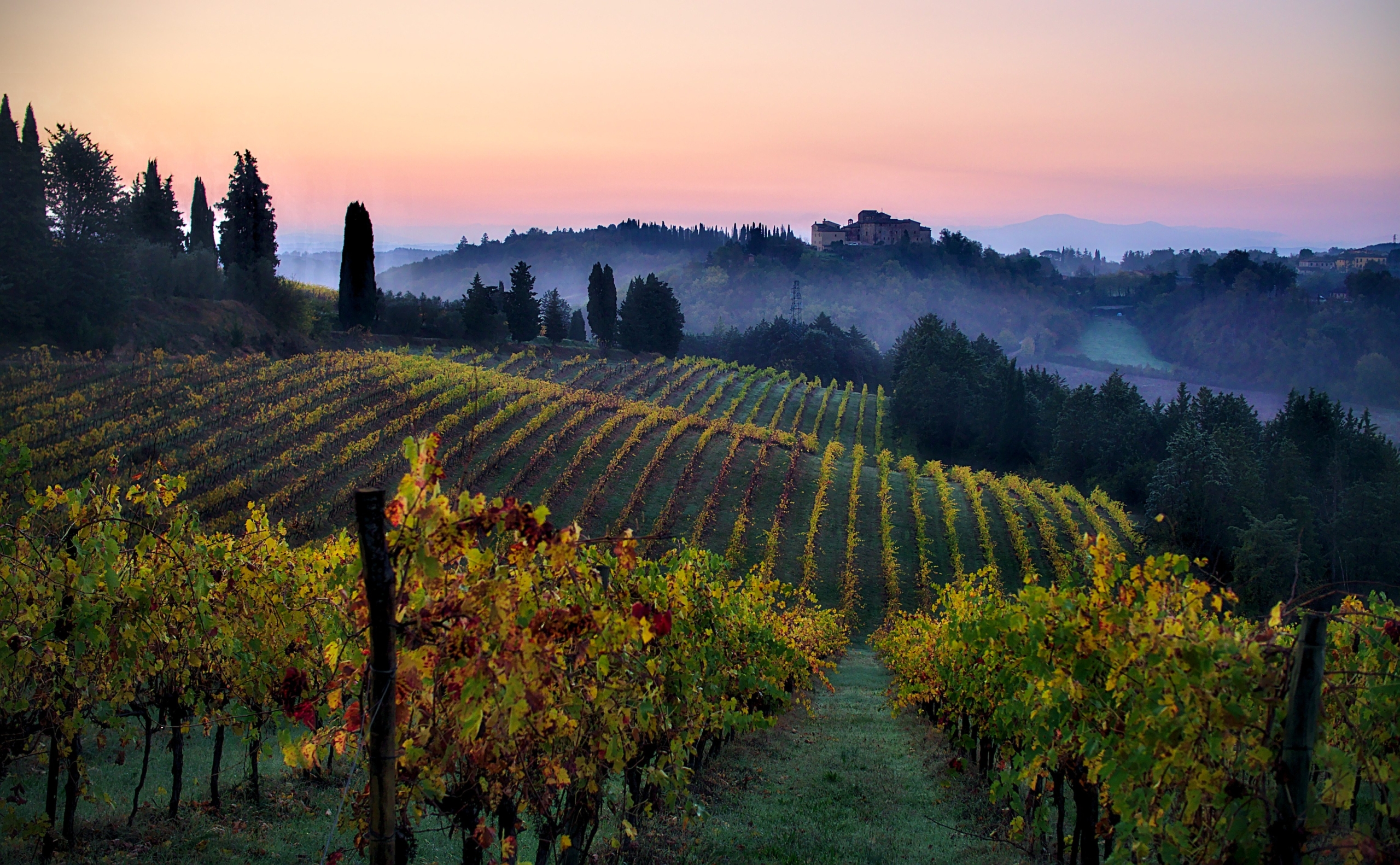
 M o e / Unsplash
M o e / Unsplash  Etienne Girardet / Unsplash
Etienne Girardet / Unsplash Jack Hunter / Unsplash
Jack Hunter / Unsplash
Leave a Reply
Want to join the discussion?Feel free to contribute!